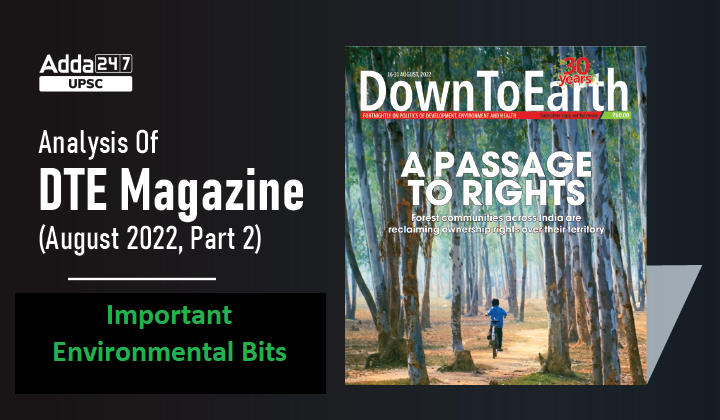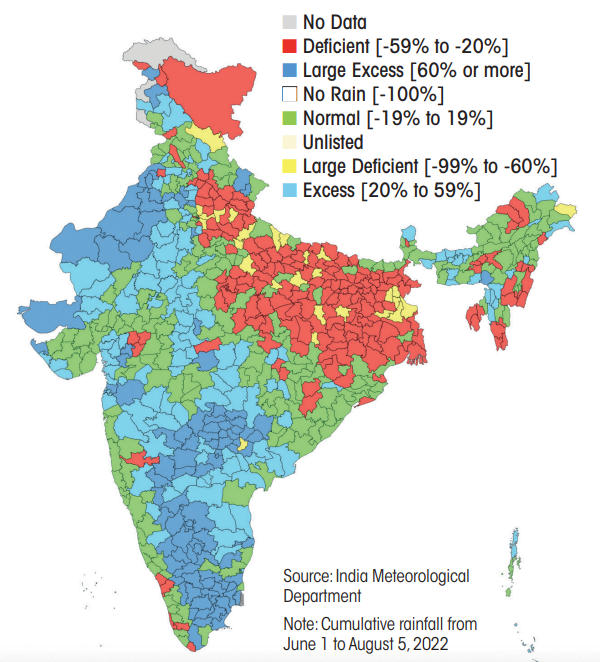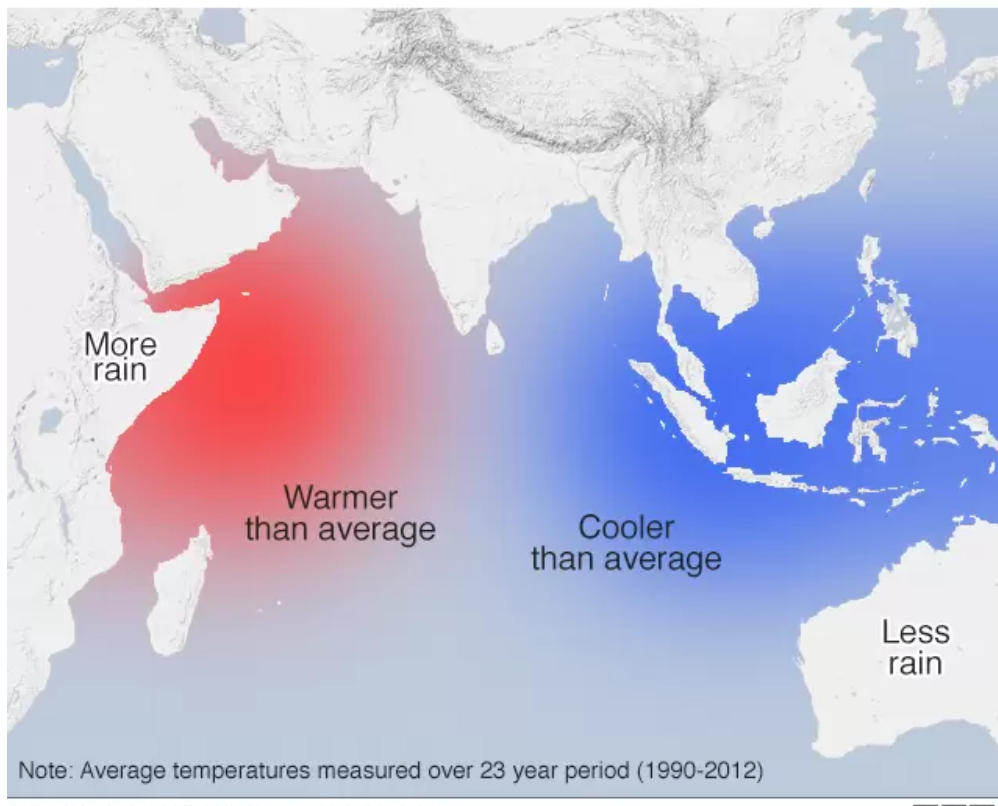Table of Contents
Down To Earth Magazine is a fortnightly magazine focusing on politics of environment and development, published in New Delhi, India.
UPSC Previous years’ questions on Development, Environment, Health and Disaster Management give us a clear idea about the increased importance of Down To Earth Magazine.
Down To Earth Magazine is one of the most important and indispensable source for UPSC Civil Services Exam Preparation. Keeping this in mind, here, we come with ”Gist Of Down To Earth Magazine” which covers important environmental current affairs articles in smooth pointed form, keeping in mind the demand of UPSC aspirants.
India’s Updated NDCs
Why in news?
The Union Cabinet on August 3 approved the country’s updated Nationally Determined Contributions (NDCs) to cut carbon emissions in accordance with the 2015 Paris Agreement.
About updated NDCs
- The updated NDCs include achieving 50 per cent cumulative electric power installed capacity from non-fossil fuel-based energy resources, by 2030.
- They also highlight changing lifestyles to tackle climate change.
What is a Nationally Determined Contributions?
- An NDC, or Nationally Determined Contribution, is a climate action plan to cut emissions and adapt to climate impacts. Each Party to the Paris Agreement is required to establish an NDC and update it every five years.
- NDCs are where countries set targets for mitigating the greenhouse gas emissions responsible for causing climate change and for adapting to climate impacts.
Dry monsoon for east, northeast
Why in news?
East and North-east India may continue to see a deficit of rainfall in August and September this monsoon season, as per the recent analysis by the India Meteorlogical Department (IMD).
Key Points
- Most parts of the regions have been receiving below normal rainfall since June.
- July rainfall, 44.7 per cent less than normal, was the lowest in 122 years, says imd. A deficit is also evident in Kerala.
- Despite seeing heavy rainfall and flood alerts during the first week of August, districts in the states showed a seasonal deficit of 15-25 per cent, as on August 5.
- One of the reasons for this trend in rainfall across the country could be the development of a negative Indian Ocean Dipole event which generally has a dampening impact on rainfall patterns.
Countrywide Normal Monsoon
- IMD predicts normal rainfall for the country as a whole, with a break in the monsoon bringing rains to northwestern India earlier this month.
- In July, four low-pressure areas also brought rainfall to central and western states, even Gujarat, Rajasthan and Maharashtra.
What is dipole?
- The dipole is a climate phenomenon similar to El Niño
- The Indian Ocean Dipole – often called the “Indian Niño” because of its similarity to its Pacific equivalent – refers to the difference in sea-surface temperatures in opposite parts of the Indian Ocean.
- Temperatures in the eastern part of the ocean oscillate between warm and cold compared with the western part, cycling through phases referred to as “positive”, “neutral” and “negative”.
- Extreme climate and weather events caused by the dipole are predicted to become more common in the future as greenhouse gas emissions increase.
How soil can fight emissions?
Why in news?
If fossil fuels account for two-thirds of the world’s harmful emissions, misuse of soil covers the other one-third, the public body responsible for Scotland’s natural heritage, said days ahead of the 22nd World Congress of Soil Science held in Glasgow on July 31-August 5.
About World Congress of Soil Science
- The week-long conference included discussions, demonstrations and presentation of research from 1,600 scientists from across the world.
- The aim was to address reversal of transformation of food production systems and land-use change that had an adverse impact on soil.
- Earlier a study led by California, US-based Lawrence Livermore National Laboratory, published in the journal Nature Communications, shows that regions with deep soil layers and those under proper agricultural management (with sustainable practices) show the greatest potential for carbon storage.





 TSPSC Group 1 Question Paper 2024, Downl...
TSPSC Group 1 Question Paper 2024, Downl...
 TSPSC Group 1 Answer key 2024 Out, Downl...
TSPSC Group 1 Answer key 2024 Out, Downl...
 UPSC Prelims 2024 Question Paper, Downlo...
UPSC Prelims 2024 Question Paper, Downlo...
